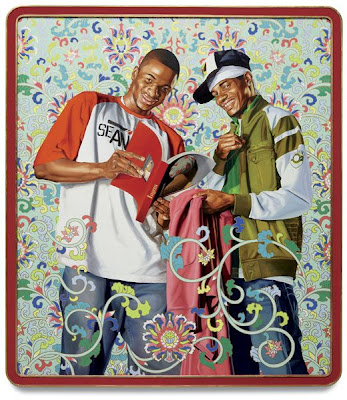Anish Kapoor
 |
| Cloud Gate (2004), Millennium Park, Chicago |
1.Research Kapoor's work in order to discuss whether it is conceptual art or not. Explain your answer, using a definition of conceptual art.
2. Research 3 quite different works by Kapoor from countries outside New Zealand to discuss the ideas behind the work. Include images of each work on your blog.
3.Discuss the large scale 'site specific' work that has been installed on a private site in New Zealand.

4. Where is the Kapoor's work in New Zealand? What are its form and materials? What are the ideas behind the work?
5. Comment on which work by Kapoor is your favourite, and explain why. Are you personally attracted more by the ideas or the aesthetics of the work?
Youtube has some excellent footage on Kapoor-take a look at Anish Kapoor at the Royal Academy.
www.royalacademy.org.uk ›
http://www.robgarrettcfa.com/thefarm.htm
http://www.billslater.com/cloudgate/
 | ||||||
|




































